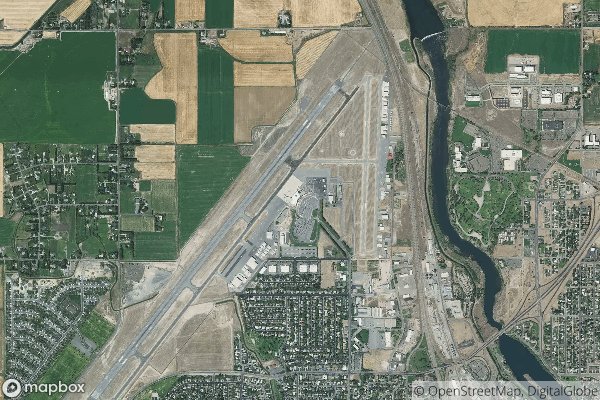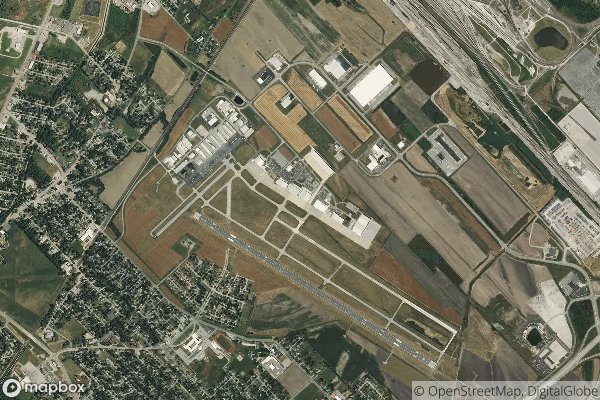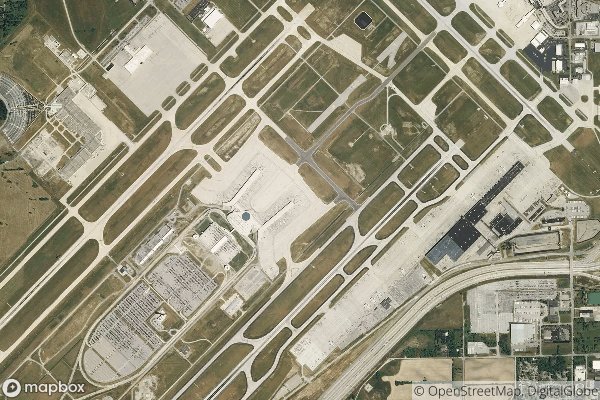| Code: | ARG/KARG |
| Name: | Walnut Ridge Regional Airport |
| Location: | Walnut Ridge, Arkansas, USA |
| Runways: | 2 |
| Major Airlines: | None |
- See here the complete List Of All Airports In United States with Codes.
Understanding ARG/KARG Airport Code (Structure of Airport Codes, Challenges and Confusions)
When it comes to air travel, airport codes play a crucial role in identifying airports worldwide. These codes are used by airlines, travel agencies, and passengers to easily identify airports and navigate through the complex world of air travel. One of the airport codes that often sparks confusion is ARG/KARG. In this article, we will delve into the structure of airport codes, the challenges and confusions surrounding them, and the operational significance of the ARG/KARG airport code in aviation.
Decoding Airport Code
Before we dive into the specific airport code of ARG/KARG, let’s first understand the structure of airport codes. Airport codes are three-letter abbreviations that are assigned to airports around the world. These codes are usually derived from the name of the airport or nearby city, and they serve as a unique identifier for each airport. For example, Hartsfield–Jackson Atlanta International Airport is assigned the code ATL, while London Heathrow Airport is assigned the code LHR.
Now, let’s decode the ARG/KARG airport code. ARG is the IATA code for Walnut Ridge Regional Airport, located in Walnut Ridge, Arkansas, USA. On the other hand, KARG is the ICAO code for the same airport. The use of both IATA and ICAO codes allows for international and domestic recognition and navigation. This duality can sometimes lead to confusion, especially for infrequent travelers or those unfamiliar with the intricacies of airport codes.
Operational Significance
The ARG/KARG airport code plays a crucial role in aviation operations. From flight planning and scheduling to air traffic control and passenger itineraries, airport codes are used at every step of the travel process. For pilots, airport codes are essential for navigation and communication with air traffic control. For airlines, codeshare agreements and ticketing systems rely on accurate and consistent airport codes to ensure seamless travel for passengers.
Understanding and correctly using airport codes is paramount for the safe and efficient operation of the aviation industry. While confusion may arise due to similar-sounding or overlapping codes, industry protocols and training help mitigate any potential issues. Overall, the ARG/KARG airport code, like all airport codes, serves as a vital identifier in the complex web of global air travel.
History of Airport Codes
The history of airport codes dates back to the early days of commercial aviation. Initially, airports were identified by two-letter codes, but as air travel expanded globally, the need for a more comprehensive and standardized system became apparent. Thus, the transition to three-letter codes occurred to accommodate the growing number of airports and the increasing complexity of air travel operations.
In conclusion, airport codes such as ARG/KARG are an integral part of the aviation industry. They facilitate smooth and efficient travel operations, from flight planning to passenger check-in. While they may pose challenges and confusions at times, the operational significance and historical evolution of airport codes underscore their importance in the modern world of air travel.




